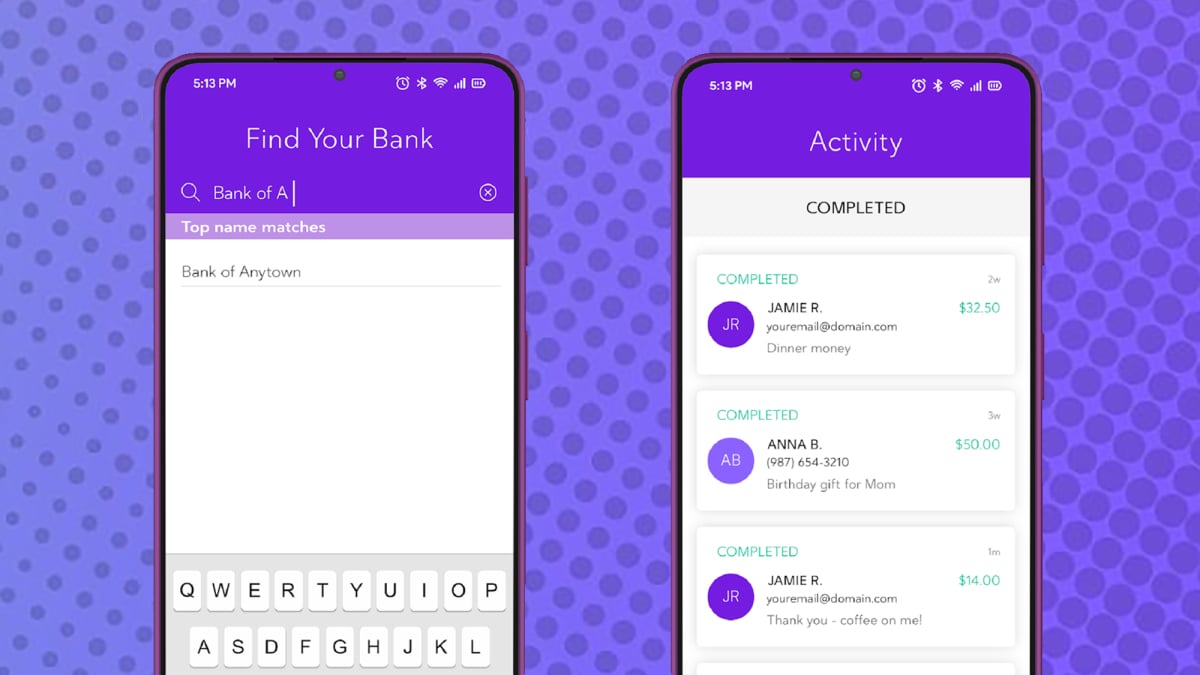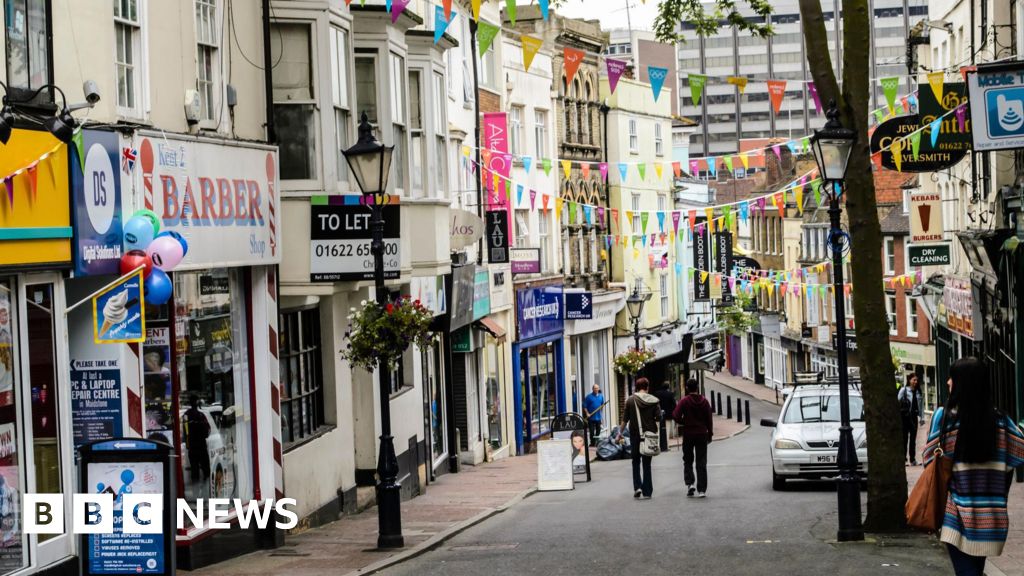Zelle has been around as a convenient digital payment platform since 2017, but has now closed down payments inside its standalone apps for Android and iOS, as it promised it would last October—though the move is a sign of Zelle’s success rather than its failure, and most Zelle users aren’t going to need to change anything.
If you’re one of the 150 million or so people who make use of Zelle, you’re no longer going to be able to use the Zelle app to send money to friends, family, and businesses. However, Zelle lives on as a platform: It’s now integrated into the operations of more than 2,200 financial institutions, so you’ll still be able to use it through your banking app.
The Zelle apps are no more because Zelle has expanded its integrations so successfully. The peer-to-peer payment system says less than two percent of transactions were being made through these apps by the end of last year, so it didn’t make sense to keep them going.
Nothing is changing in terms of the links to banks and credit unions—if this is how you already do your Zelle business, you might not even have noticed the standalone app has been pulled. Zelle users shifted $1 trillion in payments over the course of 2024, so as a platform it’s not going anywhere anytime soon.
Another reason for the switch is security. As Zelle’s YouTube page is testament to, users of the app were frequently targeted by scammers—via dating apps, ticketing platforms, rental listings, online marketplaces, job boards, and so on. Having Zelle work through banking systems makes it more secure as well.
How to switch
Zelle is popular for peer-to-peer payments.
Credit: Zelle
Given that two-percent figure mentioned above, chances are that you’ve already set Zelle up through your bank. If not, you’ll need to register a Zelle account with your bank, or switch to a financial institution that offers Zelle: You can search through this comprehensive list. Until you set up Zelle somewhere else, you won’t be able to make and receive payments.
The specifics will of course depend on your bank and its app, but if you click through from the list then you’ll be taken to the relevant sign-up page—here’s the one for Wells Fargo, for example. You need to provide your registered email address or mobile number, and the bank will do the rest (you can use the existing details already registered with Zelle).
What do you think so far?
If you know your bank or credit union supports Zelle, you can also dig through the options in the official app or the official website, and you should be able to register that way too: Most of the time it’ll only be a couple of steps to get Zelle set up, and you can then register the people and businesses you want to enable transactions with.
Unfortunately, your payment history isn’t going to move along with you, though it will be available in the Zelle app until August 11, 2025. Although payments are now blocked, the app isn’t going to stop working entirely, so you’ve got a few months to note any records you want to keep.
There are plenty of other payment platforms you can turn to, if you do want to stay out of your banking app, including Venmo, PayPal, Cash App, Google Wallet, and Apple Pay—though they don’t have quite the same tight bank-account integration that you get with Zelle, and which Zelle is now focused on.


